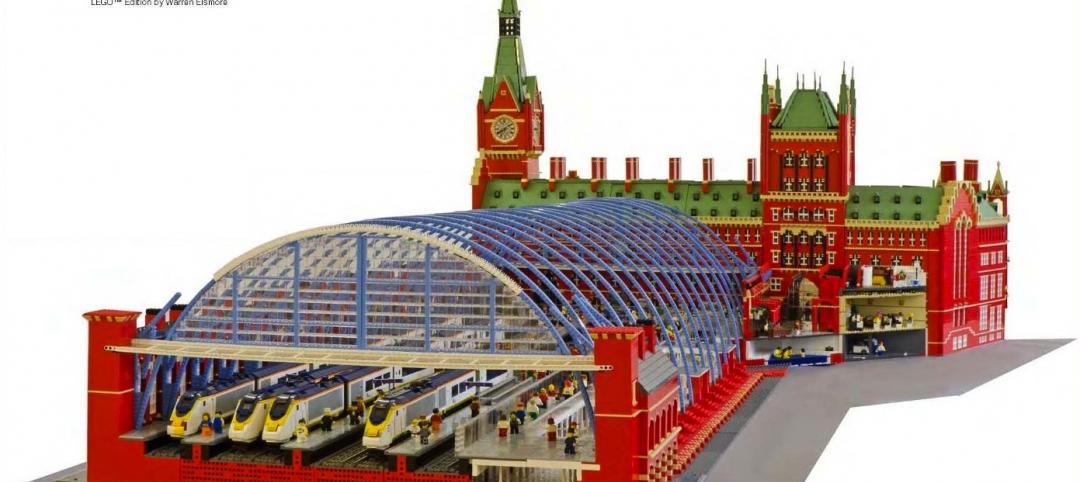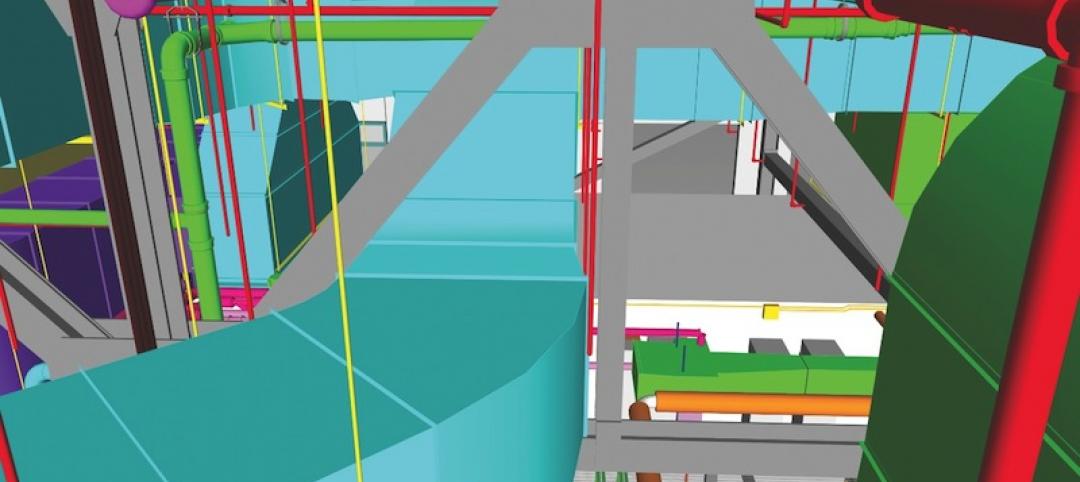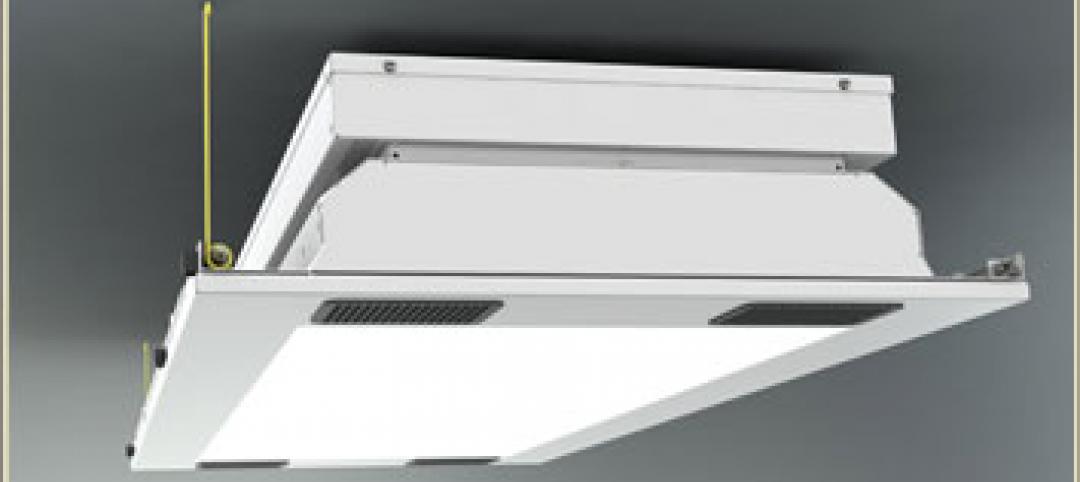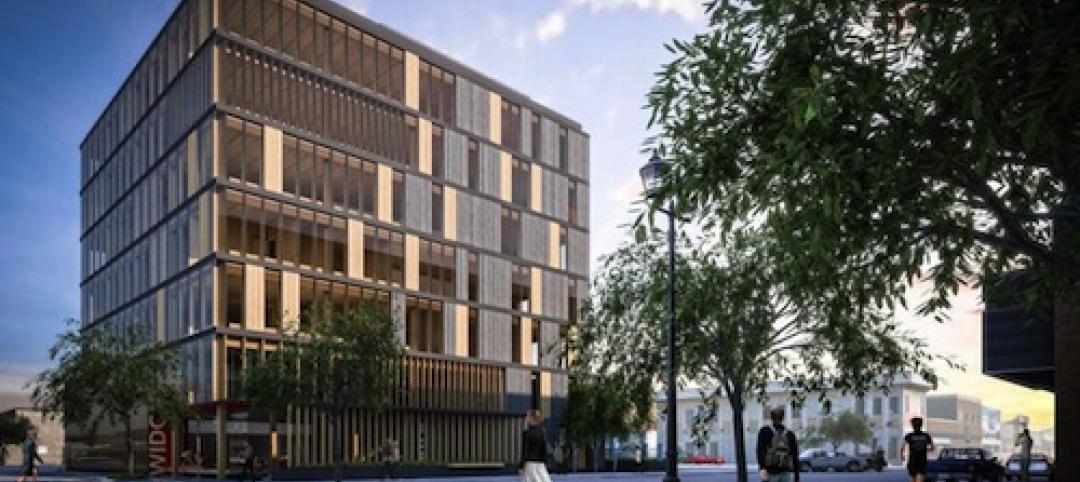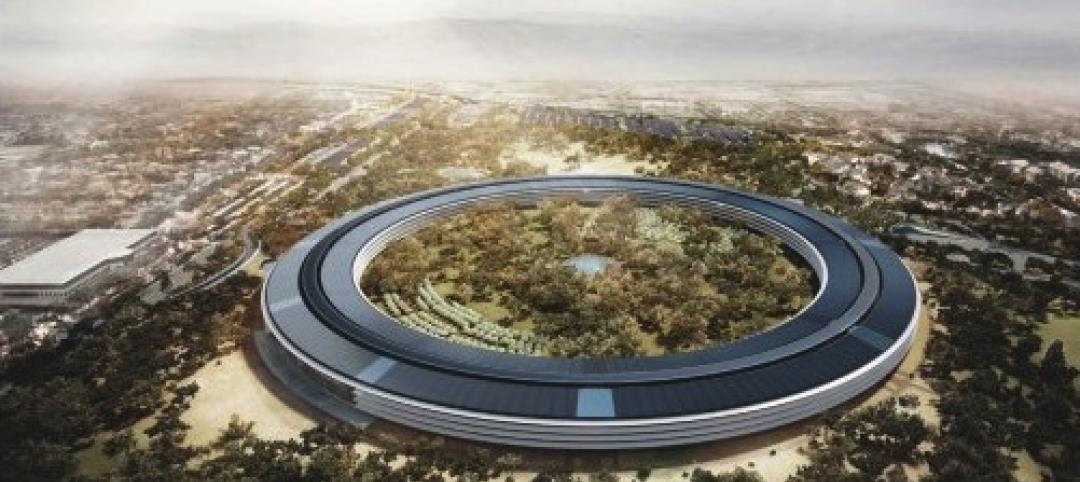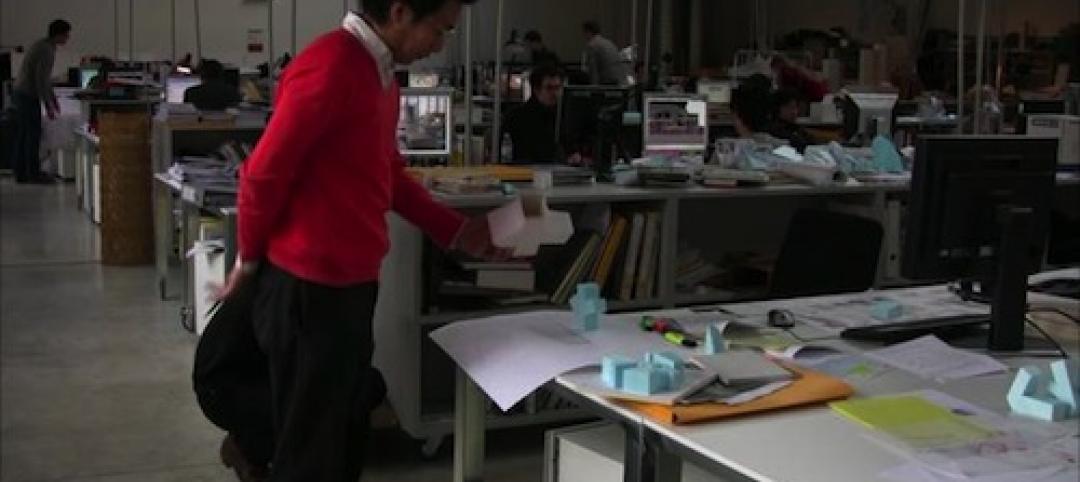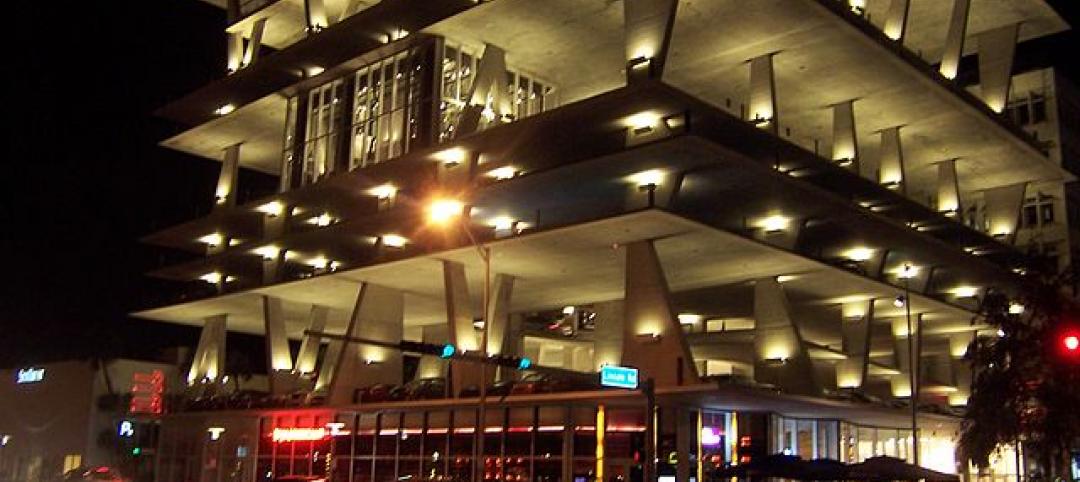ForrestPerkins will combine practices with international design and architecture firm Perkins Eastman effective January 1, 2016.
The merger will let both firms expand their reach in luxury hospitality and residential projects worldwide, while continuing to provide design and client service. The combined international firm will total almost 1,000 employees. In joining Perkins Eastman, ForrestPerkins will remain a distinct brand for luxury hospitality and high-end residential interior design.
Some key facts on the deal:
• ForrestPerkins will retain its name and continue to focus on interior design and interior architecture for luxury hospitality and high-end multi-residential projects. It will launch a new practice area within the firm united under the leadership of ForrestPerkins’ president Deborah Lloyd Forrest, FASID, in collaboration with Perkins Eastman’s hospitality practice leader Shawn Basler, AIA.
• As of January 1, 2016, ForrestPerkins will open a New York office as an atelier within the Perkins Eastman office. ForrestPerkins' New York portfolio includes the iconic Marriott Marquis at Times Square, and, in combination with Perkins Eastman, will now include the Quin, a luxury boutique hotel on West 57th Street.
• Early in 2016, ForrestPerkins will relocate to new offices in both Washington, D.C., and San Francisco. Perkins Eastman will open a 15th office, its first in Texas, joining ForrestPerkins in its Dallas office at 3131 Turtle Creek.
Related Stories
| May 1, 2013
A LEGO lover's dream: Guide to building the world's iconic structures with LEGO
A new book from LEGO master builder Warren Elsmore offers instructions for creating scale models of buildings and landmarks with LEGO.
| May 1, 2013
New AISC competition aims to shape the future of steel
Do you have the next great idea for a groundbreaking technology, model shop or building that could potentially revolutionize the future of the steel design and construction industry? Enter AISC's first-ever Future of Steel competition.
| May 1, 2013
Data center construction remains healthy, but oversupply a concern
Facebook, Amazon, Microsoft, and Google are among the major tech companies investing heavily to build state-of-the-art data centers.
| May 1, 2013
Groups urge Congress: Keep energy conservation requirements for government buildings
More than 350 companies urge rejection of special interest efforts to gut key parts of Energy Independence and Security Act
| May 1, 2013
World’s tallest children’s hospital pushes BIM to the extreme
The Building Team for the 23-story Lurie Children’s Hospital in Chicago implements an integrated BIM/VDC workflow to execute a complex vertical program.
| Apr 30, 2013
Healthcare lighting innovation: Overhead fixture uses UV to kill airborne pathogens
Designed specifically for hospitals, nursing homes, child care centers, and other healthcare facilities where infection control is a concern, the Arcalux Health Risk Management System (HRMS) is an energy-efficient lighting fixture that doubles as a germ-killing machine.
| Apr 30, 2013
First look: North America's tallest wooden building
The Wood Innovation Design Center (WIDC), Prince George, British Columbia, will exhibit wood as a sustainable building material widely availablearound the globe, and aims to improve the local lumber economy while standing as a testament to new construction possibilities.
| Apr 26, 2013
Apple scales back Campus 2 plans to reduce price tag
Apple will delay the construction of a secondary research and development building on its "spaceship" campus in an attempt to drive down the cost of developing its new headquarters.
| Apr 26, 2013
Documentary shows 'starchitects' competing for museum project
"The Competition," a new documentary produced by Angel Borrego Cuberto of Madrid, focuses on the efforts of five 'starchitects' to capture the design contract for the new National Museum of Art of Andorra: a small country in the Pyrenees between Spain and France.
| Apr 26, 2013
Solving the parking dilemma in U.S. cities
ArchDaily's Rory Stott yesterday posted an interesting exploration of progressive parking strategies being employed by cities and designers. The lack of curbside and lot parking exacerbates traffic congestion, discourages visitors, and leads to increased vehicles emissions.



